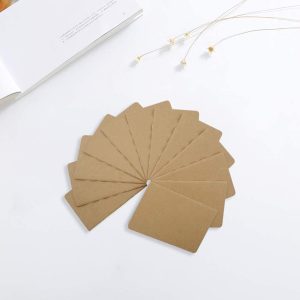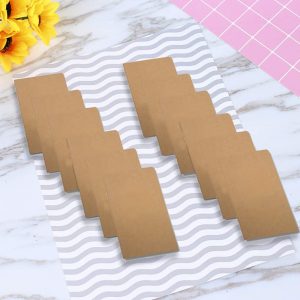1. Define Your Purpose: Determine the purpose of your booklet. Are you sharing information, telling a story, promoting a product, or something else? Knowing your purpose will guide your design choices.
2. Choose a Theme or Concept: Select a theme, concept, or visual style that aligns with your content. This could be minimalistic, vintage, futuristic, or any other style that resonates with your message.
3. Content Planning: Plan your content carefully. Break it down into sections, chapters, or topics. Each section should have a clear focus and contribute to the overall message of the booklet.
4. Creative Layout: Experiment with unconventional layouts. Play with different arrangements of text and images. Consider using asymmetrical designs, overlapping elements, and varying font sizes for visual interest.
5. Imagery and Graphics: Incorporate high-quality images, illustrations, or graphics that enhance the content and reinforce the theme. Make sure they are relevant to the text and help tell the story.
6. Typography: Choose fonts that align with your theme and are easy to read. Mix and match fonts to create hierarchy and emphasize important information. Experiment with typography styles to add flair.
7. Color Palette: Select a color palette that complements your theme and evokes the desired emotions. Use colors strategically to differentiate sections and create visual coherence.
8. Interactive Elements: Consider adding interactive elements such as fold-out pages, pull tabs, or pop-ups. These can surprise and engage readers, making your booklet more memorable.
9. Texture and Materials: Experiment with different paper textures and finishes. Consider using special materials for covers or inserts. The tactile experience can enhance the overall impact.
10. Storytelling: Craft a narrative through both visuals and text. Create a flow that guides readers through the booklet, keeping them engaged from start to finish.
11. White Space: Don’t overcrowd your pages. Leave enough white space to give your design room to breathe. White space can also emphasize important elements.
12. Print Techniques: If your booklet will be printed, explore unique printing techniques like embossing, debossing, foiling, or spot varnishing to add texture and depth to your design.
13. Consistency: Maintain visual consistency throughout the booklet. Use recurring design elements, such as icons, color accents, or border styles, to tie everything together.
14. Prototype and Test: Create a prototype or digital mockup to see how your design works in practice. Test readability, layout, and overall visual appeal before finalizing.
15. Feedback: Share your design with others for feedback. Fresh perspectives can help you identify areas for improvement.
Remember, the goal is to create a booklet that not only imparts information but also leaves a lasting impression on readers. By merging creativity with content, you can craft a unique booklet that stands out and effectively communicates your message.


























